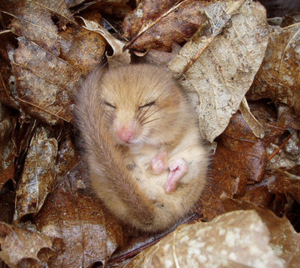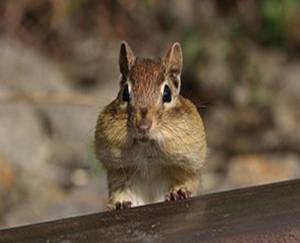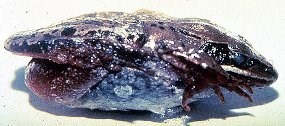
Heather N. Kolich, ANR Agent, UGA Extension Forsyth County
Winter officially started with the winter solstice in late December, but the lead-up to the season arguably begins in June. That’s when the summer solstice marks the day of the year with the longest span of daylight. After the summer solstice, the time between sunrise and sunset gets a little shorter each day, until we hit the winter solstice, which is the shortest day of the year.
Those short days seem to sap my energy away, and cold winter nights make me want to huddle up under blanket with a cup of hot chocolate. These seasonal changes also affect plants and wildlife.
Winding down for winter
Shortening daylength and falling temperatures, signal many living creatures to make changes to help them survive the winter. Some plants slow growth and production to enter dormancy. Some birds, insects, fish, and marine mammals migrate to warmer habitats. And some insects, reptiles, and mammals hibernate at greater or lesser levels.
Hibernation is a winter coping strategy that helps animals conserve energy to survive cold weather and the loss of food resources. During the inactivity of hibernation, animals experience a reduction in metabolism, heart rate, and body temperature. This state may last for weeks in some species, while other species merely enter a state of daily torpor that lasts for several hours.
True hibernators tend to be animals that rely on stored body fat or stored food reserves to supply energy needs. The deep metabolic reductions don’t persist for the duration of the season, however. Hibernating animals rouse periodically, sometimes eating stored food, and sometimes just elevating body temperature, perhaps to ward off hypothermia.
Animals that cope with winter through daily torpor continue to forage for food outside of their dens, tunnels, or nests. These animals tend to be smaller mammals that can’t build up stores of body fat as well as larger hibernating mammals such as bears.
In mild climates and during milder winters, animals utilize hibernation and daily torpor less than they do in harsher conditions. That’s because the ambient temperature is warmer, and food is still generally available in the environment.
How animals hibernate
Bears give birth and care for their cubs during winter hibernation. Our North Georgia black bears enter a deeper torpor than their cousins in South Georgia do, but they still don’t hibernate as deeply as bears in Minnesota do.
Diminutive bog turtles hibernate in groups or singly in borrowed mammal burrows, grassy tussocks, or mucky soil.

Throughout the fall, chipmunks gather and store nuts and seeds in their burrows to help sustain them during breaks in their winter torpor. On warmer winter days, they may emerge from their burrows to forage for food to resupply their pantries.
Groundhogs are famous hibernators – or rather, famous for emerging from their dens in February after concluding their hibernation. Unlike chipmunks, groundhogs (also known as woodchucks) don’t store food for the winter. They can use up as much as 50 percent of their body weight during hibernation.
Mosquitoes utilize a type of hibernation called diapause to survive the winter. They can’t function at temperatures below 50º F, but they can resume activities – including biting – on those pleasant winter days above 50º F that we’ve been experiencing. Wasps and some other insects also use diapause to help them overwinter.
Some species of frogs hibernate under water, resting on the bottom of ponds or streams and relying on the water to insulate them from freezing temperatures. In Canada and Alaska, however, wood frogs actually survive the winter as frozen specimens. Ice crystals form around internal organs, but infusions of glucose from the frog’s liver to its cells keep the individual cells from freezing and rupturing.

When hibernation ends
Just as shorter daylength signals the season for hibernation, lengthening days and warming temperatures stimulate a return to normal activity. That works well for animals whose periods of activity between torpor take them out of their dens where they can detect the changes. For animals that hibernate deeply and in dens that isolate them from daylight, an internal mechanism is necessary to signal them to wake up. That mechanism is a circannual clock that keeps up with daylength. As spring and its longer days near, the internal clock triggers the release of hormones that rouse hibernating animals from slumber. They can then emerge from their dens in an environment of moderated temperatures and rapid regrowth of food sources that will help sustain them until the next winter.